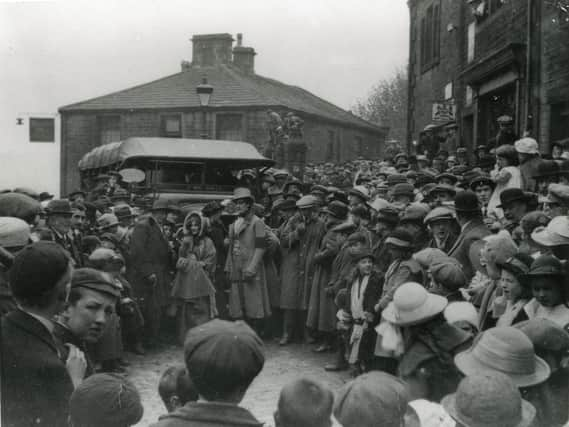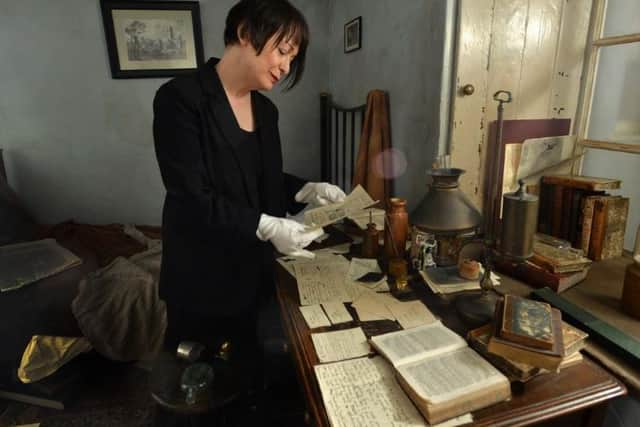The long search for Haworth's first, lost Wuthering Heights film as it turns 100


Emily Bronte’s Wuthering Heights, initially released in 1847 under her pseudonym Ellis Bell, has been adapted in various forms across media pioneered long after the novel’s own publication.
And 2020 marks 100 years since the first motion picture version of the story, inspired by Top Withens, was released.
Advertisement
Hide AdAdvertisement
Hide AdBut, despite the best efforts of archivists, nobody in the modern age is likely to ever see it. The movie, shot in Haworth, is considered a “lost film” and there are no known surviving copies.


Ann Dinsdale, head curator at the Brontë Parsonage, said: “The film has not survived, unfortunately. We’ve gone to quite a lot of trouble trawling film archives across the world.”
The attraction last made a public appeal for information about the film about 15 years ago, which produced a number of still images, and a few years ago a detailed original screenplay by Eliot Stannard – a mentor to Alfred Hitchcock – was discovered.
“We’ve come to the conclusion that it has not survived,” said Ms Dinsdale. The fact that the screenplay came to light so recently was amazing.
Advertisement
Hide AdAdvertisement
Hide Ad“So if anybody out there does have it, we would love to know more.”
The film differs from many other versions because it was a more comprehensive telling of the novel, she said. “There was a real attempt to capture the whole novel. They told the whole story, featuring both generations.
“Quite often film adaptions end at the point where Cathy dies but this covers the second generation as well – they employed three actors to play Heathcliffe.”
She added: “Jane Eyre (by Charlotte Brontë) had already been adapted many times before 1920. I think it’s a measure of what a terrific novel Wuthering Heights is.
“It’s terrific book. It took so long to adapt it.”
Advertisement
Hide AdAdvertisement
Hide AdAnd it may have been the first film shoot in Haworth, the picturesque Bradford village which is now no stranger to camera crews.
Ms Dinsdale said: “There are all these amazing photographs. (Some show) the film crew walking out on the moors in Haworth and carrying the child actors.
“The village is just teeming with people who’ve turned out to see what would have been a really big event in Haworth, potentially the first film crew that were to have come to Haworth.”
It came at a time after the First World War when the British film industry was trying to “fight back against a tide of American film,” said Ms Dinsdale.
Advertisement
Hide AdAdvertisement
Hide AdHaworth’s reputation as a cosy, cobbled place of beauty – and its Brontë heritage – has brought film and TV producers to the area time and time again.
Once home to the famous family, the Parsonage appeared in The Railway Children and Rita, Sue and Bob Too, as well as the TV programmes such as Perspectives, Walking Through History and A Place in the Sun.
Patrick Brontë served as vicar at the church, which was also seen in The Railway Children and in Tony Robinson's Walking Through History.